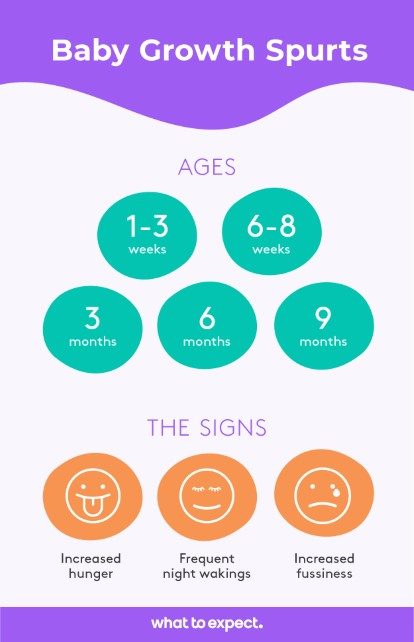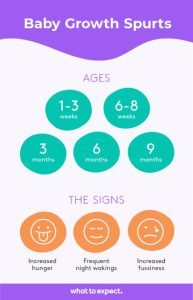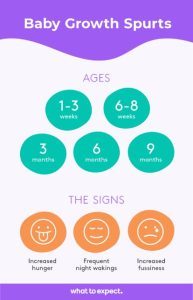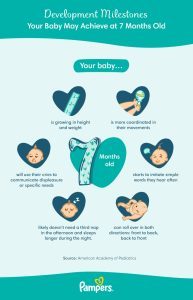When do babies go through growth spurts at around 1-3 weeks, 6 weeks, 3 months, and 6 months. These spurts can cause increased fussiness and more frequent feeding.
Babies undergo several growth spurts during the first year of life, typically occurring around 1-3 weeks, 6 weeks, 3 months, and 6 months of age. These rapid periods of growth may lead to increased fussiness, more frequent feeding, and changes in sleep patterns.
Understanding when these growth spurts occur can help parents anticipate and respond to their baby’s needs, ensuring that they receive sufficient nutrition and comfort during these developmental milestones. While growth spurts can be challenging, they are a normal part of a baby’s growth and development and signify healthy progress. It’s important for parents to remain patient and supportive during these phases, providing the necessary care and attention as their baby’s needs evolve.
The Timing Of Growth Spurts, During The First Year
Babies experience rapid physical growth during the first year of life, typically going through several growth spurts. These spurts are periods of intense growth and development, which can be observed through various markers.
Markers Of Growth Spurts
It’s important to note that the timing of growth spurts can vary from one baby to another. However, common signs of a growth spurt include increased appetite, fussiness, disturbed sleep patterns, and a sudden increase in height and weight. Parents may also notice that their baby’s clothing suddenly seems too small or tight.
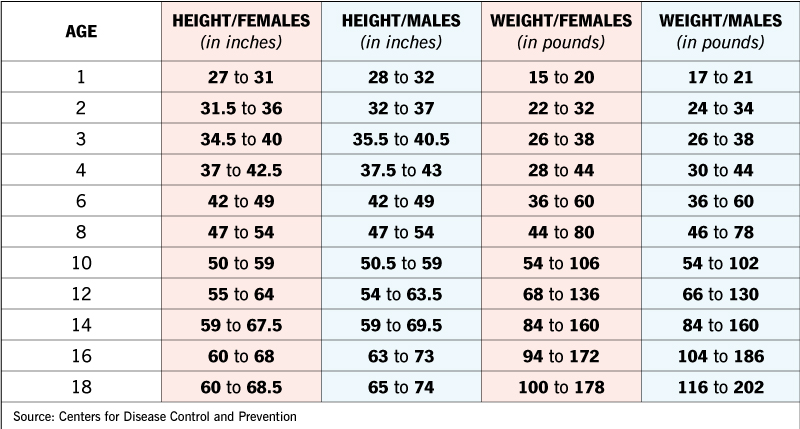
Commonly Observed Patterns
Babies experience growth spurts around 2 weeks, 6 weeks, 3 months, and 6 months. During these periods, they may eat more, sleep less, and seem fussier. Parents should be prepared for these changes in their baby’s routine.
Frequent Feedings
During a growth spurt, one common pattern you may notice is that your baby will have more frequent feedings. This is because their body is rapidly growing, and they need more nutrients to support this growth. So, don’t be surprised if your little one suddenly seems hungrier and wants to nurse or bottle-feed more frequently. It’s essential to remember that frequent feedings during a growth spurt are entirely normal and should be encouraged. Breastfed babies may nurse more often, and formula-fed babies may finish their bottles faster or want larger amounts. So, be prepared for the increased demand and make sure that you have enough breast milk or formula readily available.
Increased Sleep
Another commonly observed pattern during a growth spurt is increased sleep. You may notice that your baby is sleeping more than usual or taking longer naps. This extended sleep period allows their body to recharge and support the rapid growth happening. If your baby suddenly starts sleeping more during a growth spurt, it’s important to let them sleep and not wake them up for a feeding. Trust their instincts and give them the rest they need. This additional sleep will help them grow and develop at a healthy pace. It’s important to keep in mind that every baby is different, and growth spurts may vary in duration and intensity. Some babies may have more intense growth spurts with increased feeding and sleep, while others may experience more subtle changes. The key is to pay attention to your baby’s cues and respond to their needs accordingly. During a growth spurt, it is also crucial to ensure that your baby stays well-hydrated and receives adequate nutrition. Offer extra feeds or larger portions if your baby seems hungry, and continue to monitor their weight gain and overall development. In conclusion, growth spurts are a normal and essential part of a baby’s development. Understanding the commonly observed patterns – such as frequent feedings and increased sleep – can help you support your baby during these periods of rapid growth. Remember to trust your instincts as a parent and provide the care and nourishment your little one needs to thrive.
Physical And Cognitive Development
During their first year of life, babies experience rapid growth and development. This period is marked by various physical and cognitive changes, as they reach important milestones and achieve new skills. Understanding when babies go through growth spurts can help parents and caregivers provide the necessary support and stimulation needed for their little ones to thrive. In this section, we will explore the physical and cognitive development that occurs during these growth spurts.
Body Changes
- Babies typically go through growth spurts in height and weight during specific periods of their early development.
- Their bodies may appear more chubby as they accumulate fat to support their increased energy needs and promote healthy growth.
- Parents may notice an increase in appetite during growth spurts, as babies require more nutrients to fuel their growing bodies.
- Additionally, babies may experience changes in their sleep patterns, often requiring more sleep during growth spurts.
Milestone Achievements
- Alongside physical changes, babies also achieve important milestones in their cognitive development during growth spurts.
- They begin to explore their environment more actively, using their newfound strength and mobility.
- Cognitive skills such as object permanence, understanding cause and effect, and problem-solving develop rapidly during these times.
- Babies may start showing more interest in their surroundings and exhibit increased curiosity about their surroundings.
During growth spurts, it is essential to provide babies with a supportive and stimulating environment. Engaging in activities that encourage their physical and cognitive development can contribute to their overall well-being. Keep in mind that every baby is unique, and growth spurts can vary in duration and intensity. By recognizing the signs of growth spurts and understanding the changes that occur, parents can navigate these periods with confidence and provide the necessary care and attention their little ones need.
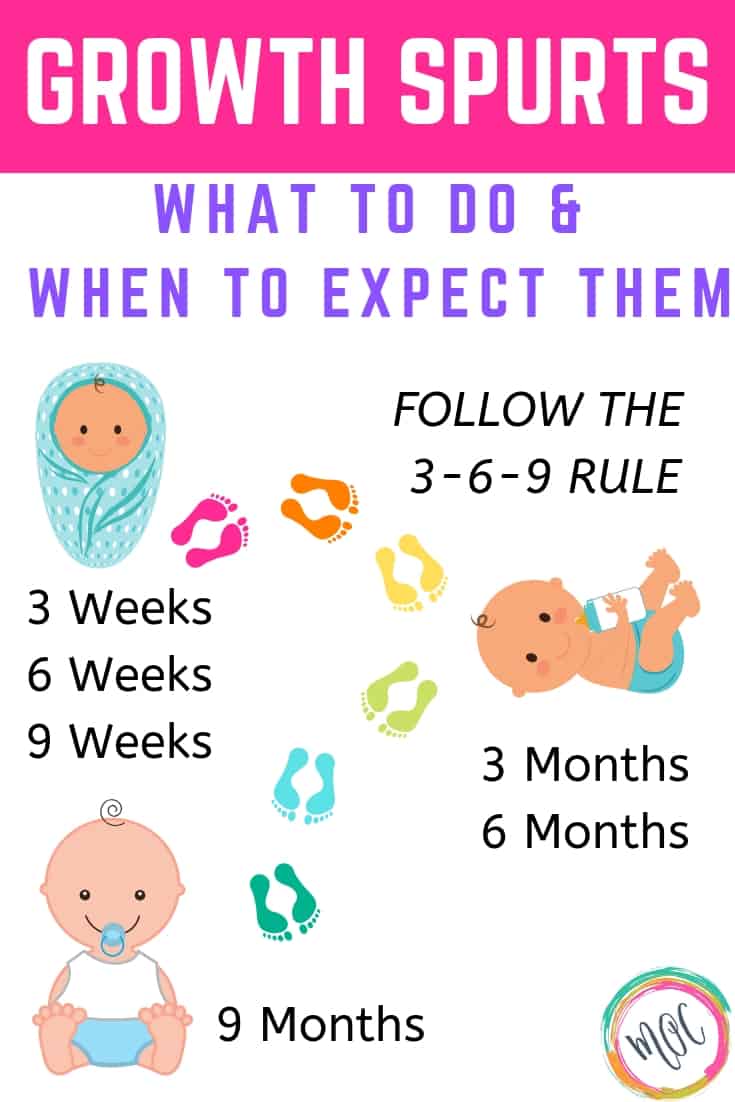
Variations In Growth Spurts
When it comes to variations in growth spurts, babies do not follow a one-size-fits-all pattern. Individual differences play a significant role in the timing and intensity of growth spurts, making it essential for parents to stay attuned to their child’s unique developmental journey.
Individual Differences
Children grow at different rates, so it’s crucial not to compare your baby’s growth to that of other infants. Genetics, environmental factors, and overall health can influence the timing and duration of growth spurts. Recognizing and respecting these individual differences can help ease parental concerns and provide a better understanding of the developmental process.
Impact Of Nutrition
A baby’s nutrition is fundamental to their growth. Providing nutrient-rich breast milk or formula is essential to support their developmental needs. Inadequate nutrition may delay or hinder growth spurts, emphasizing the importance of monitoring the infant’s diet to ensure they receive the necessary nourishment for healthy growth.
Behavioral Changes
Babies go through growth spurts, bringing about various behavioral changes that can influence their demeanor and habits. Understanding these changes can help parents navigate this phase more effectively.
Clinginess And Crankiness
During growth spurts, babies may become clingy and irritable, seeking more comfort and attention from their caregivers. This behavior is a result of their bodies adjusting to rapid growth and development.
Changes In Appetite
- Babies may experience fluctuations in their appetite during growth spurts.
- They may appear hungrier than usual or show less interest in feeding due to their bodies focusing on growth.
- Offering frequent and nutritious meals can help support their changing appetite needs.
Growth Spurt Survival Tips
Babies go through growth spurts during their first year, which can be a challenging time for both the baby and the parents. Understanding when these growth spurts typically occur and how to navigate them can help make this period more manageable for everyone involved.
Offer Comfort
During a growth spurt, it’s important to provide your baby with extra comfort and reassurance. This can include soothing them with gentle touch, rocking, or carrying them in a baby carrier. Ensuring they feel secure and loved can help alleviate any discomfort they may be experiencing during this rapid period of growth.
Ensure Adequate Nutrition
Proper nutrition is crucial during a baby’s growth spurt. It’s important to consistently offer breastmilk or formula to keep them nourished. Additionally, incorporating nutrient-rich solids for older babies can help meet their increased energy demands. Consult with a pediatrician to ensure your baby is receiving the correct amount of nutrition for their individual needs.
Using Growth Spurts For Bonding
When Do Babies Go Through Growth Spurts? Understanding your baby’s growth periods can help strengthen your bond.
Engaging Activities
Engage in playful activities like singing, reading, and playful interactions during growth spurts.
- Singing silly songs can soothe your baby during these times.
- Reading colorful books can stimulate their development.
Creating A Nurturing Environment
Establish a calm and comfortable environment to help your baby feel secure.
- Utilize soft blankets and soothing music for a calming atmosphere.
- Provide ample cuddles and physical affection to reassure your baby.
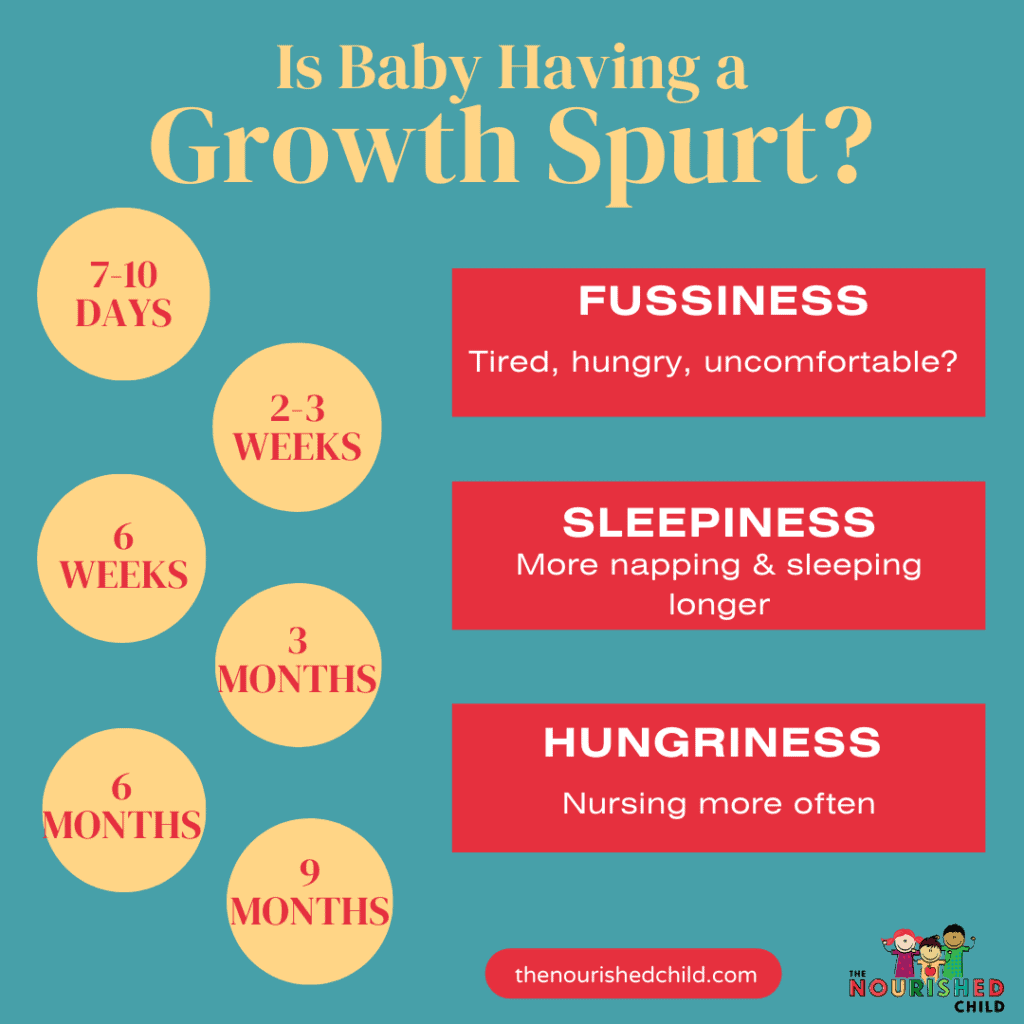
Consulting With Pediatric Professionals
When it comes to the growth and development of your baby, it’s important to consult with pediatric professionals to ensure their health and well-being. These experts have the knowledge and experience to guide you through the various stages of growth, including the unpredictable growth spurts that babies go through.
Recognizing Signs
Recognizing the signs of a growth spurt can be challenging, especially for new parents. However, pediatric professionals can provide valuable insight into what to look out for. Some common signs include:
- Increased hunger and frequent feeding
- Restlessness and trouble sleeping
- Irritability and fussiness
- Rapid weight gain
- Changes in diaper habits
By consulting with pediatric professionals, you can gain a better understanding of these signs and be prepared to support your baby during their growth spurts.
Seeking Support
When your baby is going through a growth spurt, it can be overwhelming and exhausting. Seeking support from pediatric professionals can help alleviate any concerns and provide you with the guidance you need. These professionals can offer:
- Advice on feeding patterns and nutrition
- Tips for soothing an irritable baby
- Sleep guidance to help establish healthy routines
- Information on age-appropriate activities and milestones
By seeking support from pediatric professionals, you can navigate the challenges of growth spurts with confidence and ensure the optimal development of your baby.
How Do You Know When Your Baby Is Having A Growth Spurt?
Signs of a growth spurt in babies include increased hunger, clinginess, restless sleep, and rapid weight gain.
How Do I Know When My Growth Spurt Is Coming?
You can tell a growth spurt is coming when you experience rapid height and weight gain, increased appetite, and changes in shoe size. Hormonal changes also signal a growth spurt. Paying attention to your body’s signals and consulting a healthcare professional can help you prepare for this phase.
Do Babies Sleep A Lot During Growth Spurts?
Babies may sleep more during growth spurts due to increased physical and mental development. This is a normal response.
What Ages Are The Biggest Growth Spurts?
Biggest growth spurts usually occur during infancy, adolescence, and teenage years.
Conclusion
Understanding your baby’s growth spurts helps you better respond to their needs. By recognizing the signs and supporting their development, you can ensure their well-being. Keeping an eye on their feeding and sleeping patterns can help you identify and adapt to their growth spurts effectively.
Stay observant and responsive to your baby’s needs to foster healthy growth.

